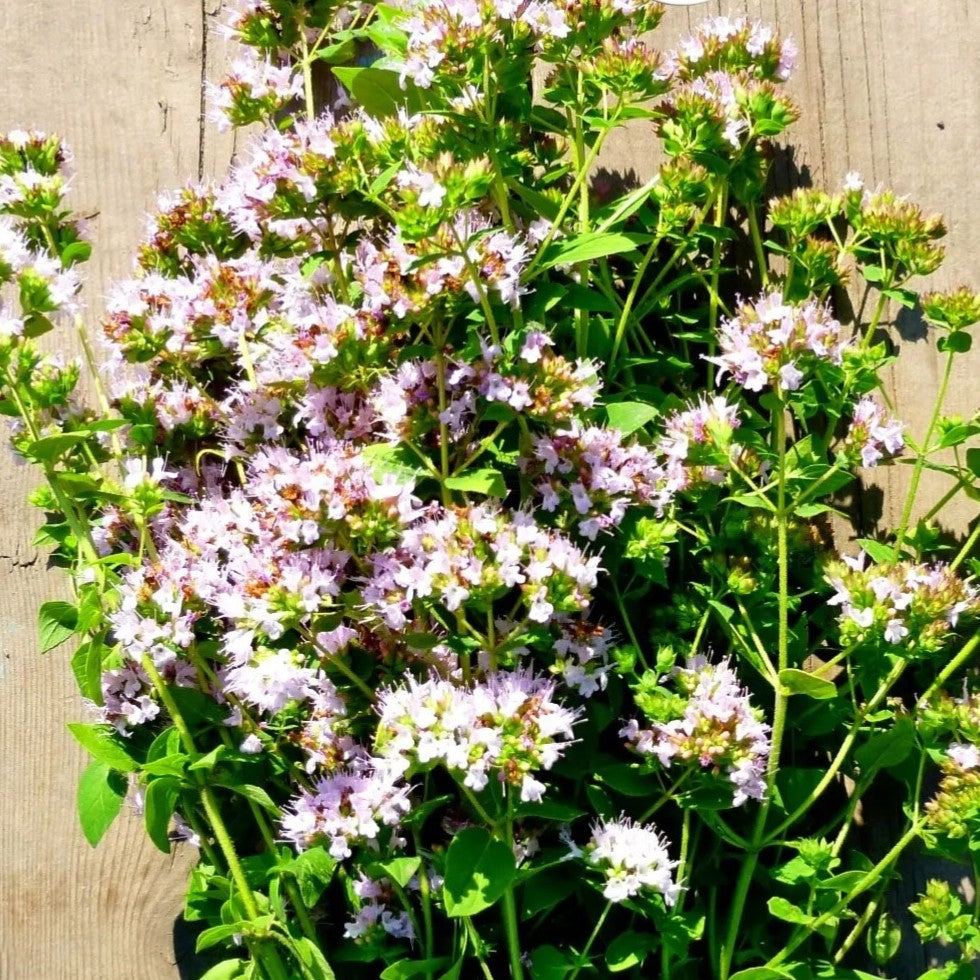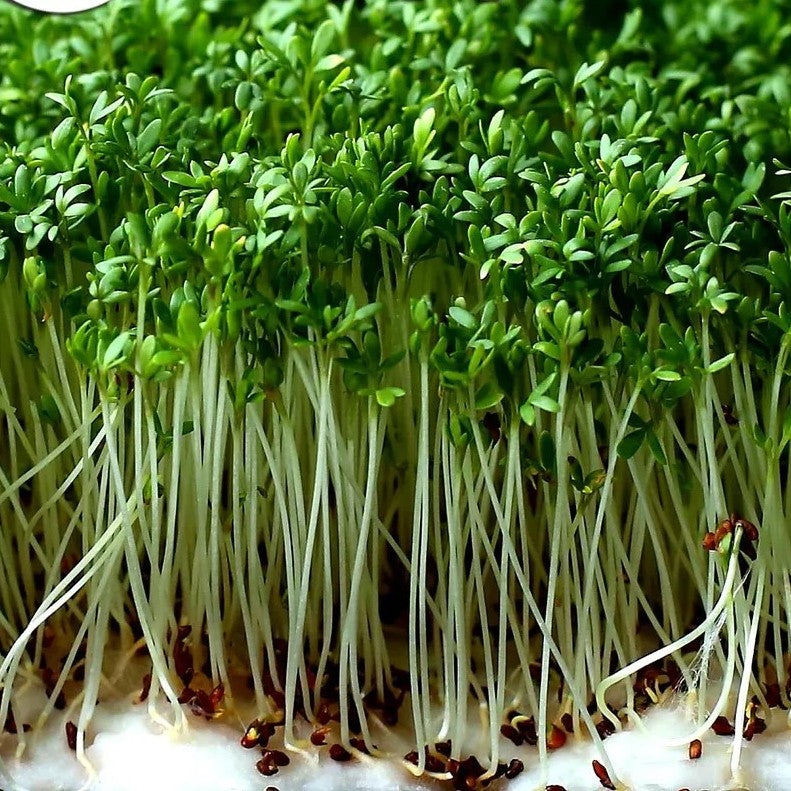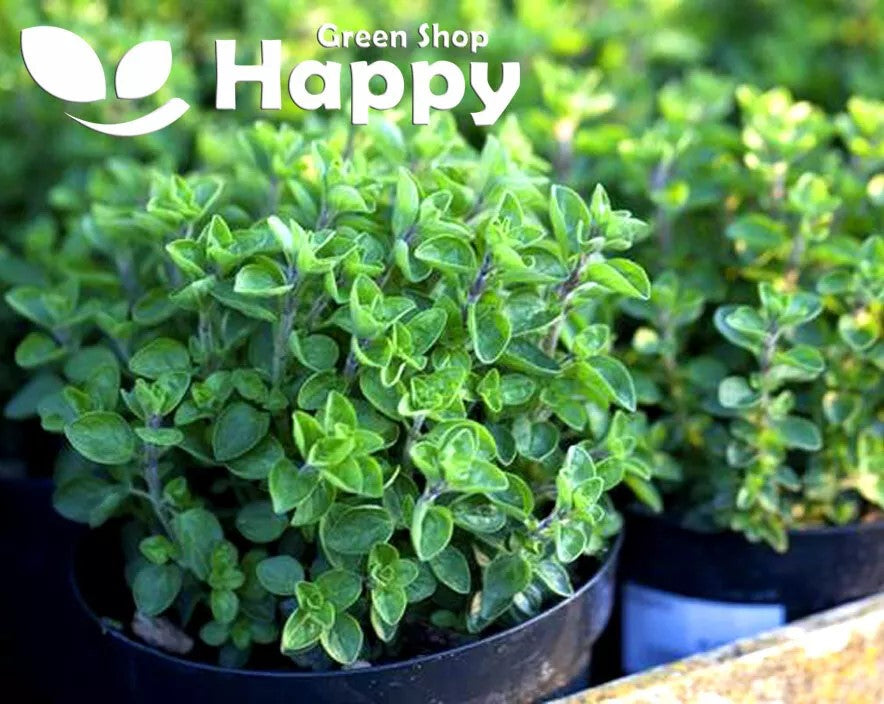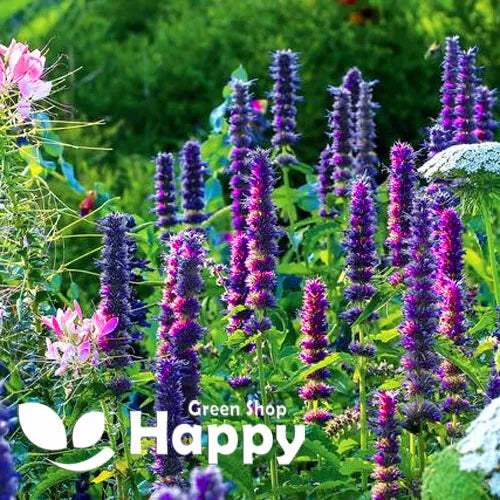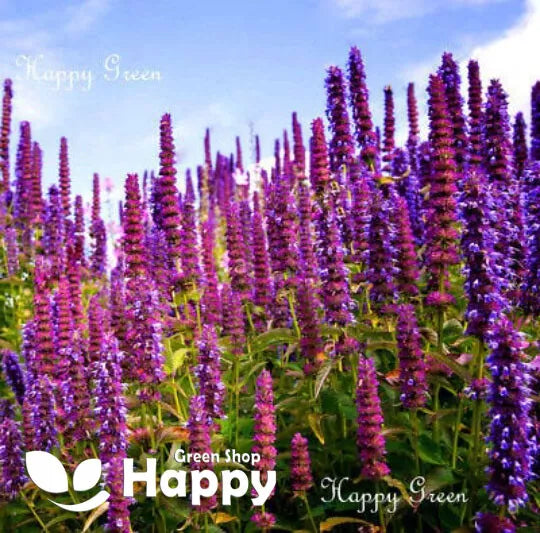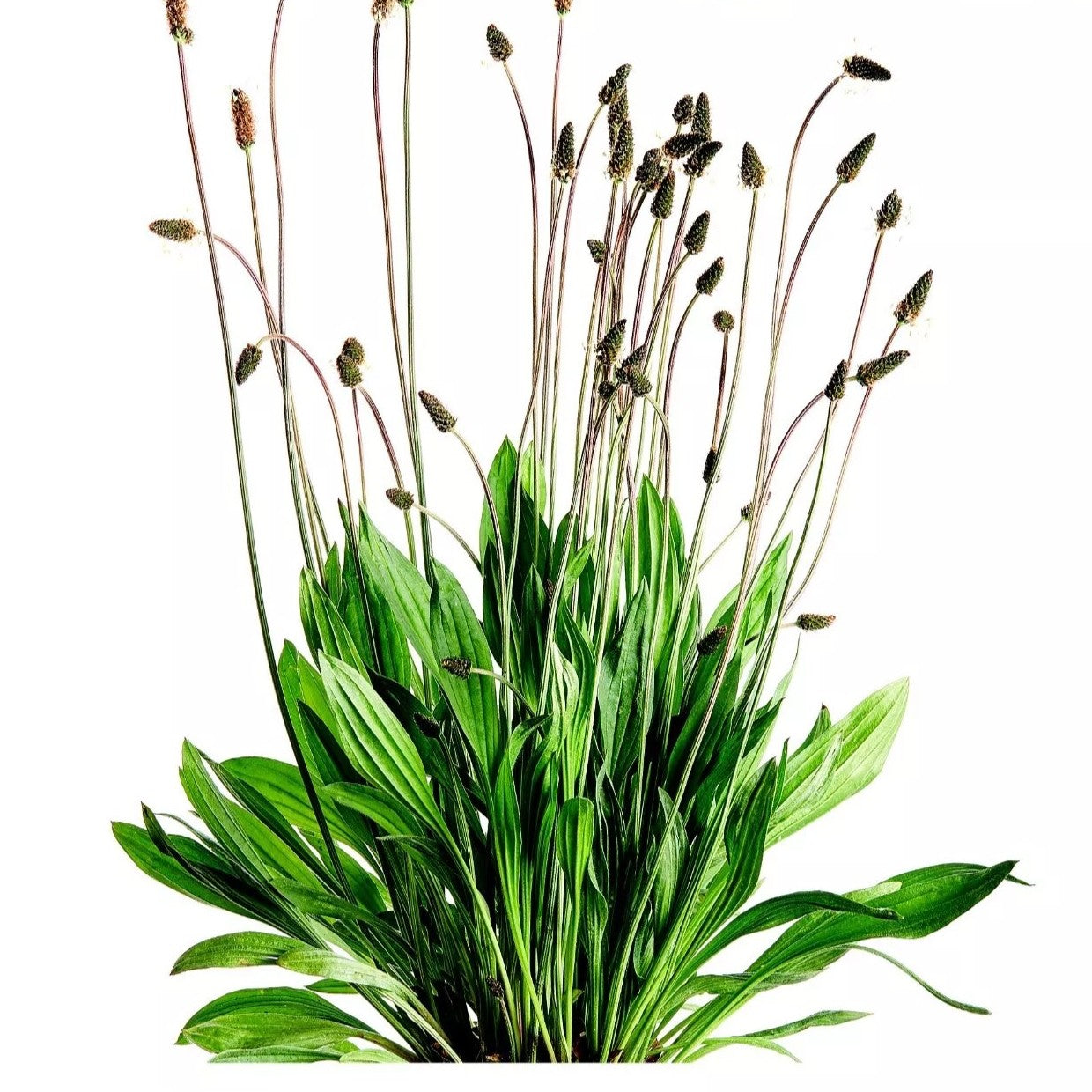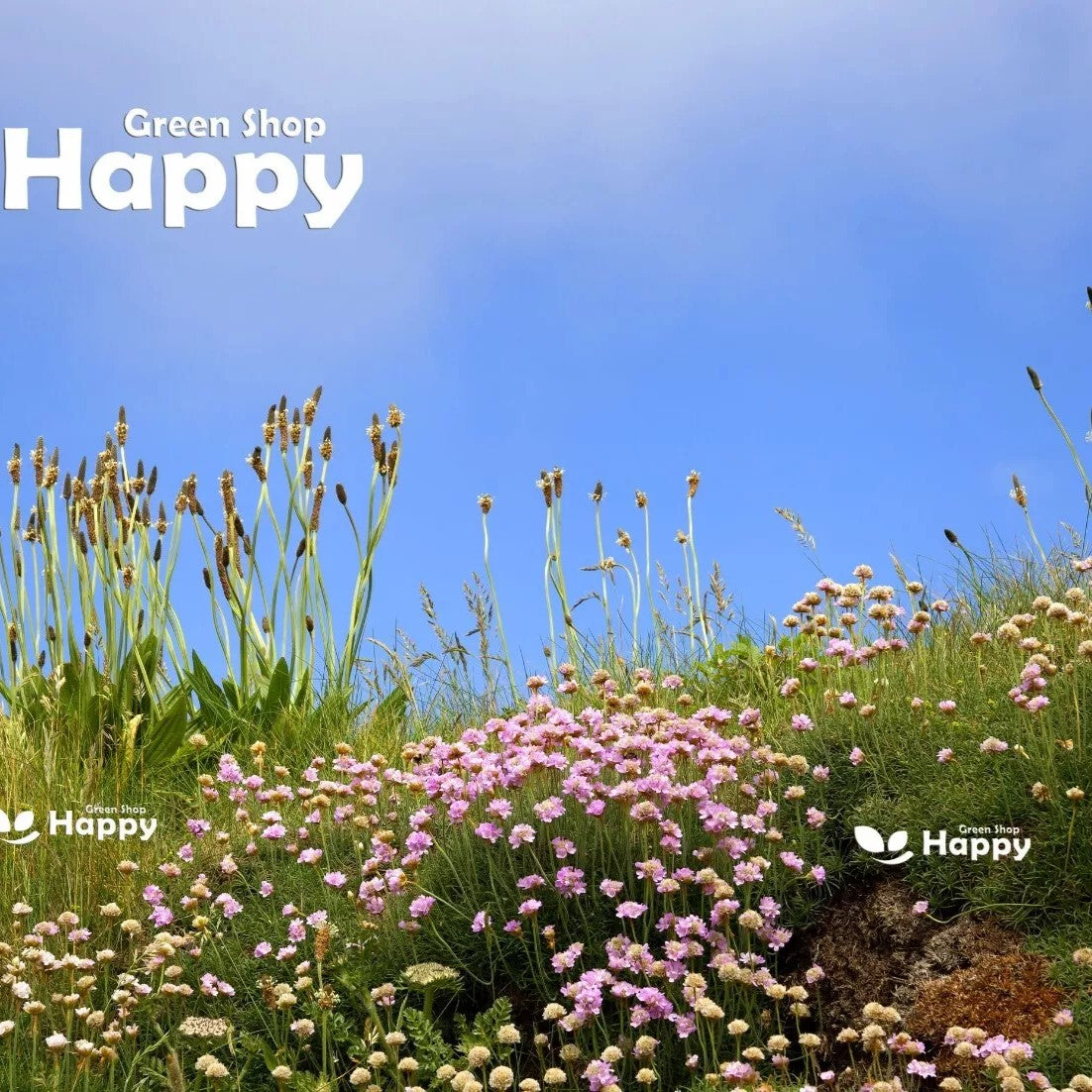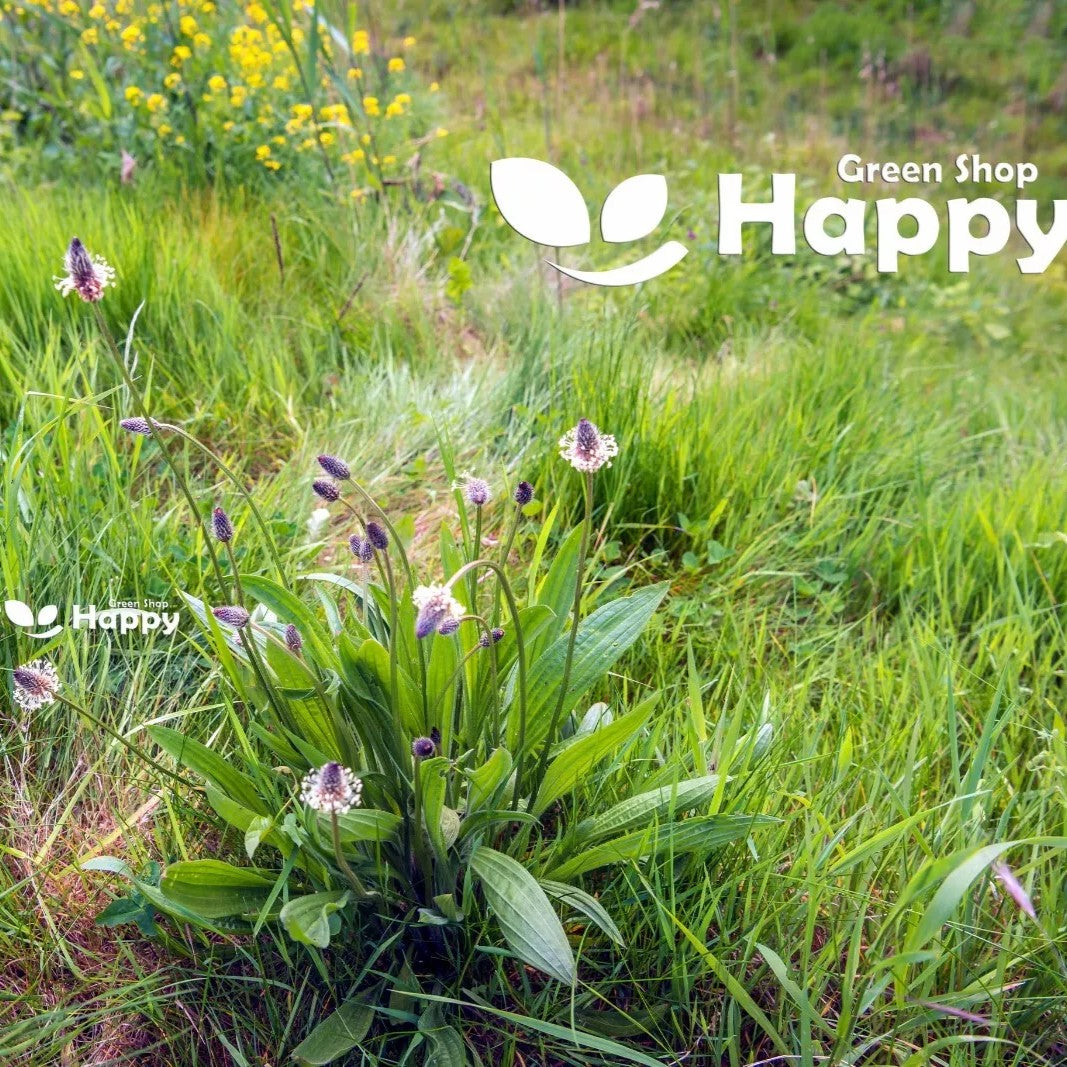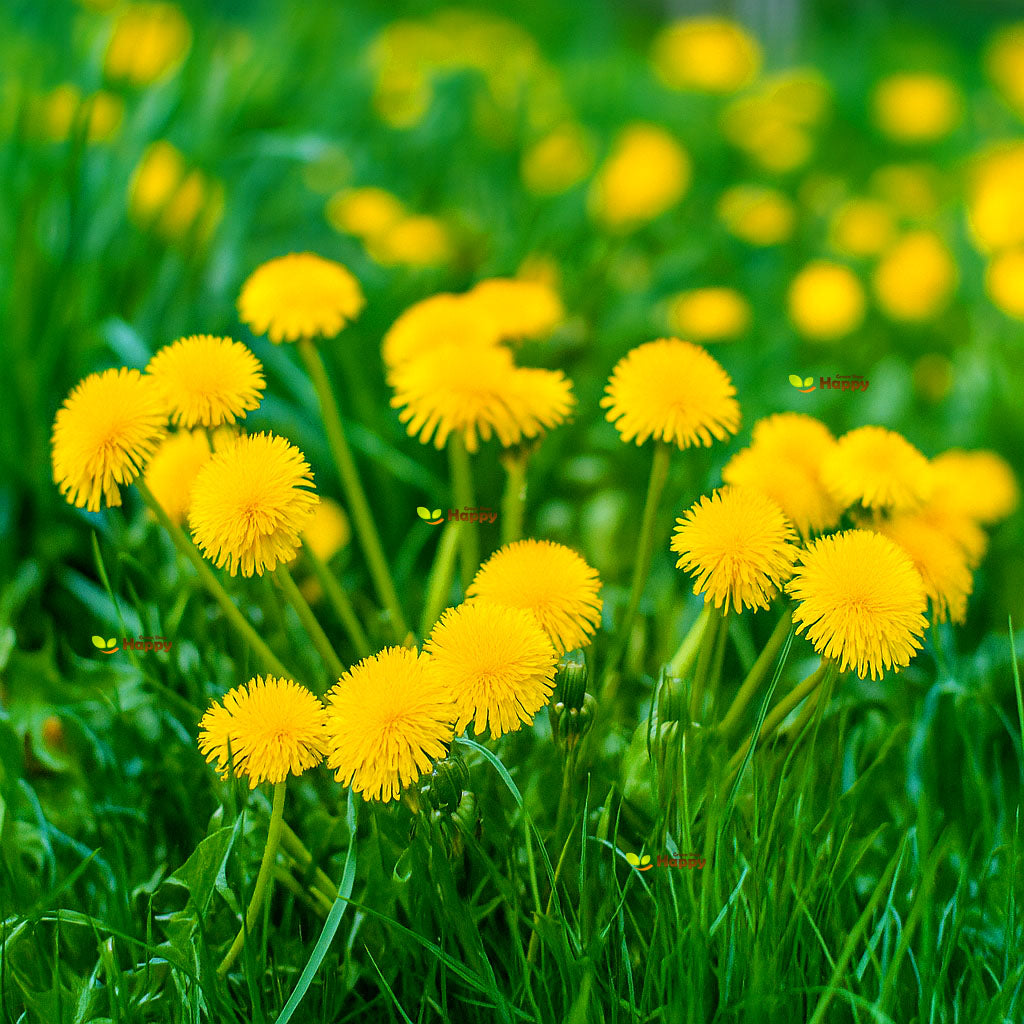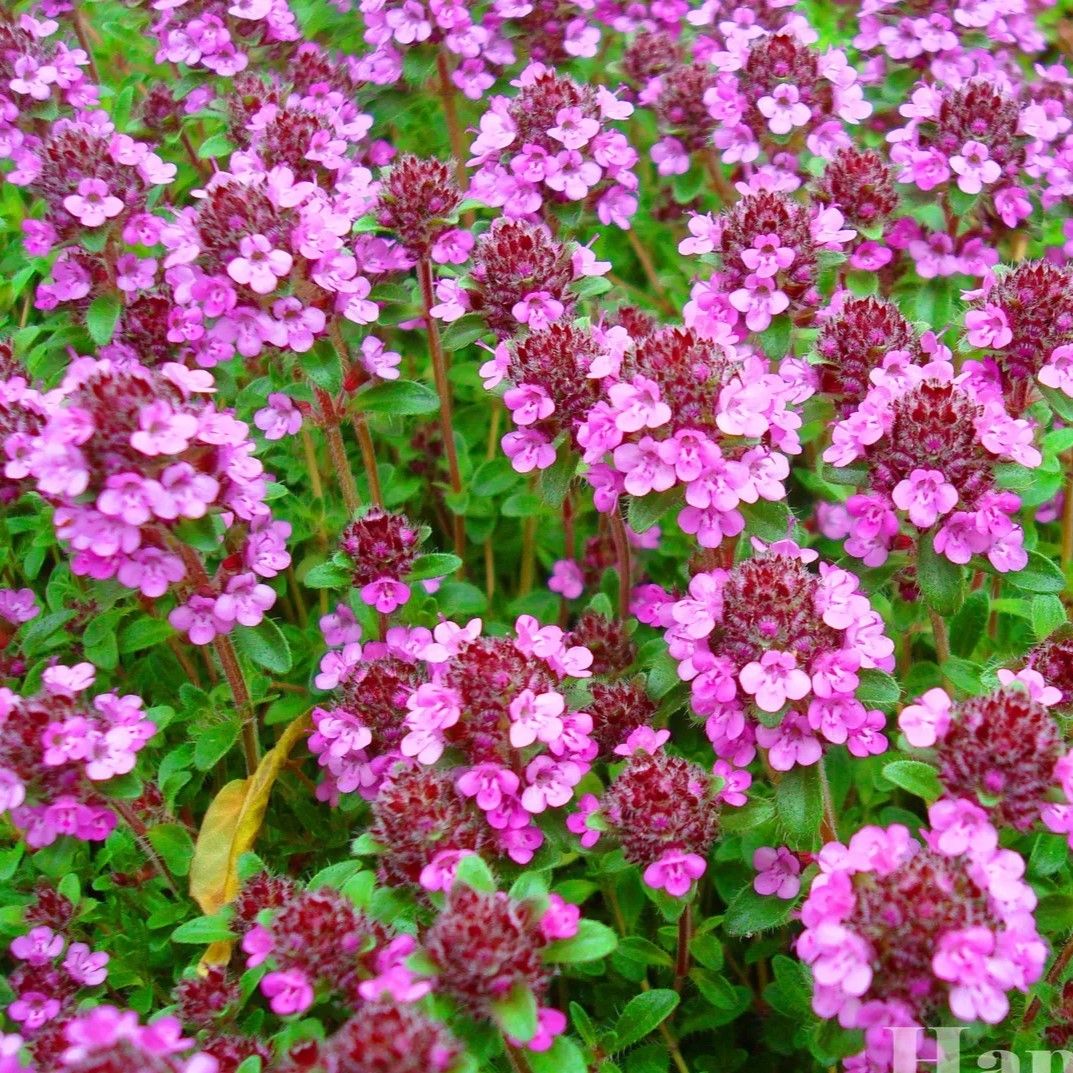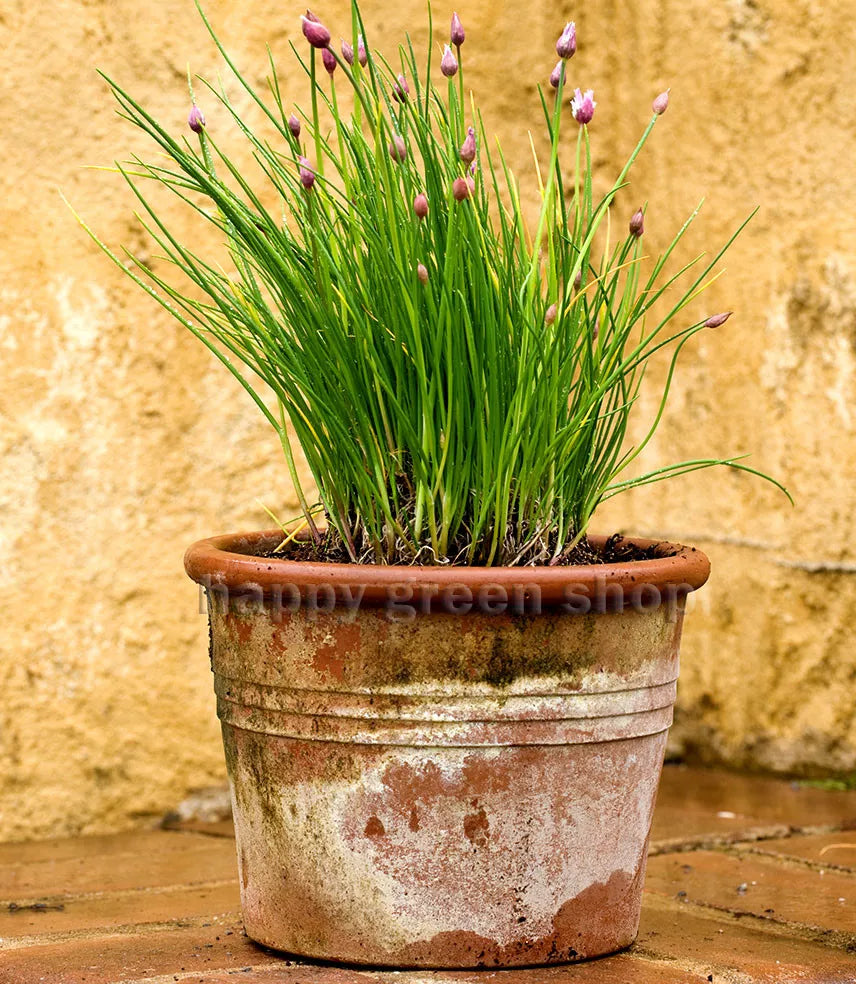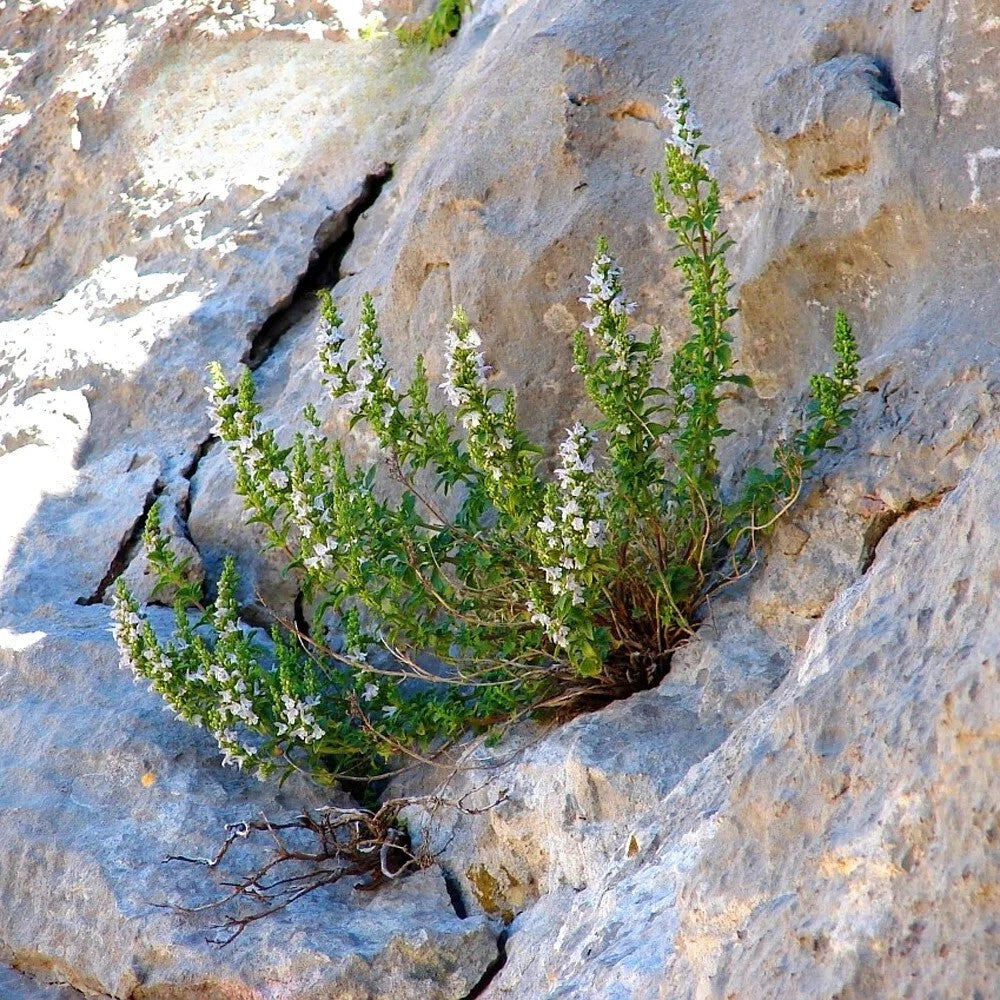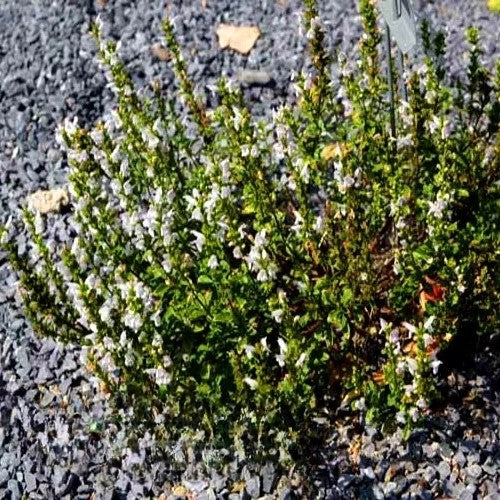Sort by:
26 products
26 products
Greek Oregano – Seeds (Origanum hirtum)
Greek Oregano (Origanum hirtum) is a robust perennial herb, prized for its intensely aromatic leaves that are essential in Mediterranean cooking. Known for its strong flavor, it is a must-have for seasoning pizzas, pasta, roasted meats, and vegetables. Easy to grow and drought-tolerant, it also produces clusters of small white flowers that attract bees and other pollinators.
Why Grow Greek Oregano?
-
Classic Mediterranean herb with strong, authentic flavor
-
Hardy perennial, easy to maintain
-
Drought-tolerant and thrives in poor soils
-
Attracts bees and pollinators when in bloom
Key Features
-
Type: Perennial herb
-
Height: 30–60 cm
-
Spread: 30–45 cm
-
Flowering: June–August
-
Position: Full sun
-
Soil: Light, well-drained
Ideal For
-
Culinary herb gardens
-
Mediterranean and rock gardens
-
Container growing
-
Pollinator-friendly borders
Sowing & Growing
-
Sow indoors: February–April in trays/pots
-
Germination: 10–21 days at 18–22°C
-
Transplant outdoors: After frost risk has passed
-
Direct sow outdoors: May–June
-
Spacing: 25–30 cm apart
-
Harvest leaves regularly for best flavor
Tip: Trim plants after flowering to keep them compact and encourage fresh growth.
Giant Hyssop Blue – Seeds (Agastache mexicana)
Giant Hyssop Blue (Agastache mexicana) is a striking perennial producing tall spikes of fragrant blue-purple flowers from summer to early autumn. Its aromatic foliage and nectar-rich blooms make it highly attractive to bees, butterflies, and hummingbirds, ensuring a lively pollinator-friendly garden. Easy to grow and drought-tolerant once established, it adds height, color, and fragrance to borders, herb gardens, and cottage-style beds.
Why Grow "Giant Hyssop Blue"
-
Tall spikes of vibrant blue-purple flowers
-
Aromatic foliage with a long flowering season
-
Hardy, drought-tolerant, and easy to grow
-
Excellent pollinator magnet
Key Features
-
Type: Perennial (Agastache mexicana)
-
Height: 60–100 cm
-
Flowering: Summer to early autumn
-
Position: Full sun
-
Uses: Borders, herb gardens, cottage gardens, pollinator planting
Ideal For
-
Adding vertical height and fragrance to borders
-
Pollinator-friendly and wildlife gardens
-
Cottage and herb garden displays
-
Drought-tolerant, low-maintenance planting
Sowing & Growing
-
Sow indoors: February–April in trays or pots
-
Sow outdoors: April–May after frost
-
Germination: 14–21 days at 18–22°C
-
Thin seedlings 25–30 cm apart
-
Prefers well-drained soil in full sun
-
Water sparingly once established
Garlic Chives – Seeds (Allium tuberosum)
Garlic Chives are a hardy perennial herb prized for their mild garlic flavor and tender, flat green leaves. Perfect for enhancing salads, soups, stir-fries, and garnishes, these chives bring a fresh, aromatic touch to any dish.
Easy to grow and low maintenance, Garlic Chives thrive in garden beds, containers, or raised planters. They are also tolerant of colder climates and will return year after year with minimal care.
How to Grow
-
Sow indoors: February – April
-
Sow outdoors: March – May
-
Plant spacing: 20–25 cm between plants
-
Position: Full sun to partial shade
-
Soil: Fertile, well-drained soil enriched with compost
-
Care: Keep soil consistently moist; trim regularly to encourage fresh growth
Key Features
-
Hardy perennial with tender, flat green leaves
-
Mild garlic flavor ideal for salads, soups, stir-fries, and garnishes
-
Easy to grow and low maintenance
-
Suitable for garden beds, containers, or raised planters
-
Returns year after year with minimal care
Harvest
-
Harvesting period: 60–90 days after sowing
-
Snip leaves as needed; regular harvesting promotes continuous growth.
Short Tip
Trim regularly to prevent flowering and maintain tender, flavorful leaves throughout the season.
English Plantain – Seeds (Plantago lanceolata)
English Plantain is a hardy perennial herb valued for its medicinal properties and ecological benefits. Known for its narrow, lance-shaped leaves, it is often used in herbal remedies, teas, and natural skincare preparations. English Plantain is also a beneficial plant for pollinators and soil health, making it perfect for ecological or medicinal gardens.
This low-maintenance plant thrives in a variety of soils and conditions, returning year after year with minimal care.
How to Grow
-
Sow outdoors: March – May
-
Plant spacing: 20–25 cm between plants
-
Position: Full sun to partial shade
-
Soil: Well-drained, moderately fertile soil
-
Care: Minimal maintenance; water during dry periods; remove weeds to prevent competition
Key Features
-
Hardy perennial with lance-shaped leaves
-
Medicinal uses for teas, herbal remedies, and skincare
-
Low-maintenance and drought-tolerant
-
Supports pollinators and improves soil health
-
Suitable for ecological, medicinal, or wildflower gardens
Harvest
-
Harvesting period: 60–90 days after sowing
-
Leaves can be harvested as needed; best used when young and tender.
Short Tip
Sow in well-drained soil and allow natural self-seeding to create a sustainable, low-maintenance plant patch.
Dandelion – Seeds (Taraxacum officinale)
Dandelion (Taraxacum officinale) is a hardy perennial known for its bright yellow flowers and fluffy seed heads. A versatile and low-maintenance plant, it attracts pollinators such as bees and butterflies, supports beneficial insects, and can be used in salads, teas, and herbal remedies. Ideal for wildflower gardens, meadows, and naturalized areas, it adds color and ecological value while requiring minimal care.
Why Grow "Dandelion"
-
Bright yellow flowers and distinctive seed heads
-
Attracts pollinators and beneficial insects
-
Edible leaves and flowers for salads and teas
-
Low-maintenance and hardy in most soils
Key Features
-
Type: Perennial (Taraxacum officinale)
-
Height: 15–30 cm
-
Flowering: Spring to autumn
-
Position: Full sun to partial shade
-
Uses: Wildflower gardens, meadows, naturalized areas, edible gardens
Ideal For
-
Naturalized or meadow-style gardens
-
Pollinator-friendly planting
-
Edible and herbal gardens
-
Gardeners seeking low-maintenance, ecological plants
Sowing & Growing
-
Sow indoors: Early spring
-
Sow outdoors: Directly in soil after frost
-
Germination: 7–14 days
-
Space seedlings: 10–15 cm apart
-
Prefers well-drained soil and sunny locations
Creeping Thyme Seeds (Thymus serpyllum)
A fragrant and low-growing perennial, Creeping Thyme forms a dense mat of tiny evergreen leaves topped with clusters of purple-pink blooms in summer. Hardy and drought-tolerant, it’s ideal as ground cover, for filling gaps between paving stones, or spilling over rock walls. Highly attractive to bees and pollinators, it’s both ornamental and practical.
What Makes It Special
-
Fragrant foliage and carpets of summer blooms
-
Hardy, drought-tolerant, and evergreen ground cover
-
Attracts bees, butterflies, and pollinators
Key Features
-
Botanical name: Thymus serpyllum
-
Hardy perennial, evergreen
-
Height: 5–10 cm (2–4 in)
-
Bloom time: Summer
Ideal For
-
Ground cover and edging
-
Rock gardens and between paving stones
-
Pollinator-friendly landscapes and herb gardens
Sowing
-
Sow indoors Feb–Apr or outdoors Apr–Jun
-
Surface sow; press seeds gently, do not cover deeply
-
Keep moist until germination (14–28 days at 15–20°C)
-
Thin seedlings 15–20 cm apart
-
Flowers the second year after sowing
Chives 'Bohemia' - 1000 seeds (Allium schoenoprasum) - Hardy Perennial - Overwintering
£1.15
Unit price perChives 'Bohemia' - 1000 seeds (Allium schoenoprasum) - Hardy Perennial - Overwintering
£1.15
Unit price perChives ‘Bohemia’ – Seeds (Allium schoenoprasum) – Hardy Perennial
Chives ‘Bohemia’ is a hardy perennial herb, perfect for overwintering and providing fresh growth year after year. Known for its fine, hollow green leaves and mild onion flavor, it’s a versatile kitchen herb ideal for salads, soups, sauces, and garnishes. In summer, attractive purple-pink flowers appear, loved by bees and pollinators, making this a decorative as well as useful garden plant.
How to Grow
-
Sow indoors: February – April in pots or trays at 15–20°C.
-
Sow outdoors: April – July in finely prepared soil.
-
Thin or transplant seedlings to 20 cm apart.
-
Prefers full sun or partial shade and well-drained soil.
-
Cut regularly to encourage fresh growth.
Key Features
-
Hardy perennial herb with overwintering growth
-
Fine, mild onion-flavored leaves
-
Decorative purple flowers attract pollinators
-
Easy to grow in pots, borders, or herb gardens
-
Reliable year-round harvests
Ideal For
-
Fresh salads, soups, sauces, and garnishes
-
Herb gardens, borders, and containers
-
Attracting bees and pollinators
Sowing & Harvest
-
Sow: February – July
-
Harvest: May – October, with regrowth in spring
Quick Tip
Divide clumps every few years to maintain healthy growth and extend the lifespan of your chive plants.
Balkan Mint – 200 Seeds (Micromeria thymifolia)
Balkan Mint is a hardy, aromatic perennial herb with small, fragrant leaves and delicate flowers. Known for its refreshing minty aroma, it is perfect for teas, culinary use, garnishes, and herbal remedies. Its compact growth habit makes it an excellent addition to herb gardens, rockeries, or containers.
Thrives in well-drained soils and sunny locations, Balkan Mint is drought-tolerant and easy to maintain, making it ideal for both beginners and experienced gardeners.
How to Grow
-
Sow indoors: February – April
-
Sow outdoors: After last frost
-
Plant spacing: 20–25 cm apart
-
Position: Full sun to partial shade
-
Soil: Well-drained, moderately fertile soil
-
Care: Water moderately; trim leaves regularly to encourage bushy growth
Key Features
-
Hardy perennial with small, fragrant leaves
-
Refreshing minty aroma for teas, cooking, and garnishes
-
Drought-tolerant and low-maintenance
-
Compact growth ideal for gardens, rockeries, or containers
-
Produces delicate flowers adding ornamental value
Harvest
-
Harvesting period: 60–90 days after sowing
-
Pick leaves as needed; regular harvesting promotes continuous growth.
Short Tip
Grow in full sun and well-drained soil for the best aroma and compact growth.
Showing 26/26


